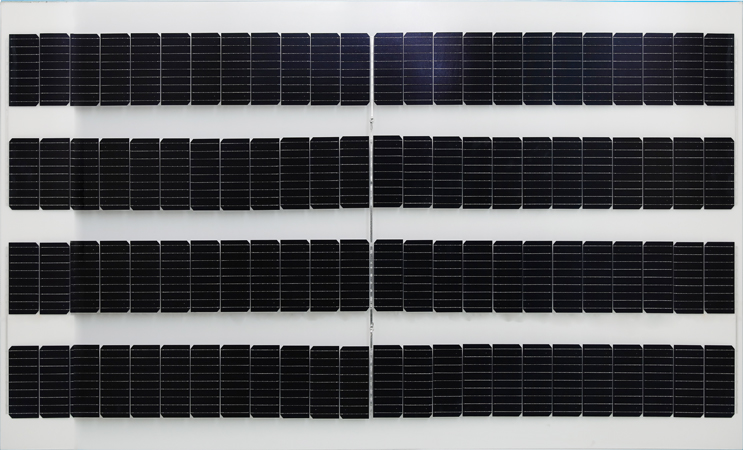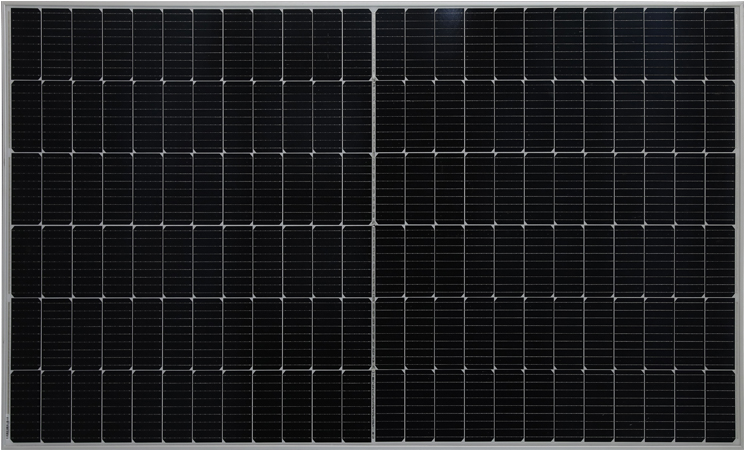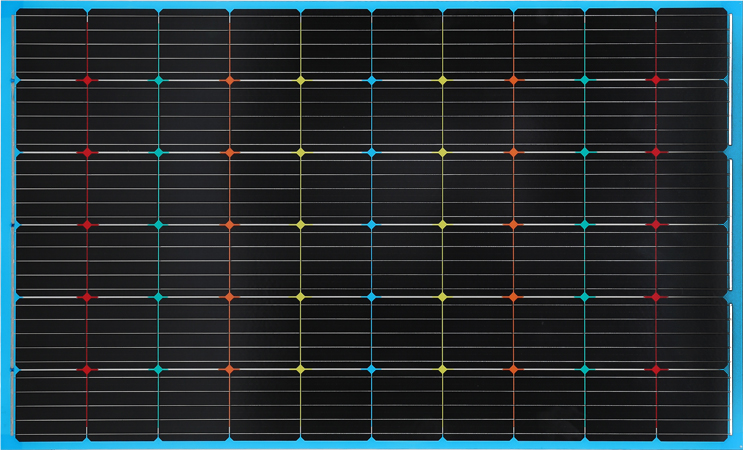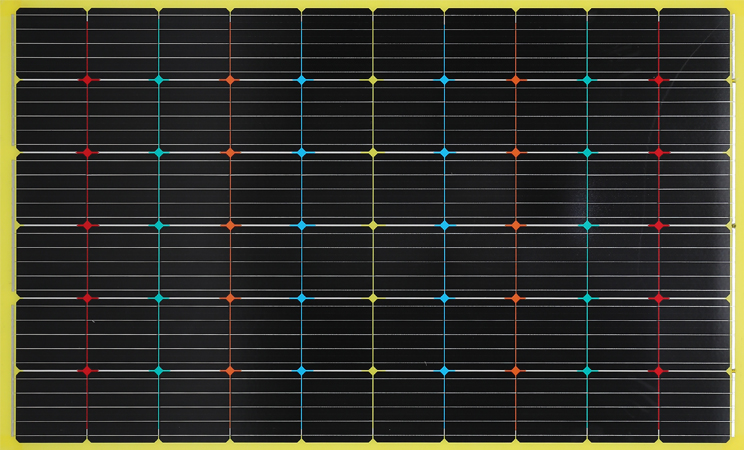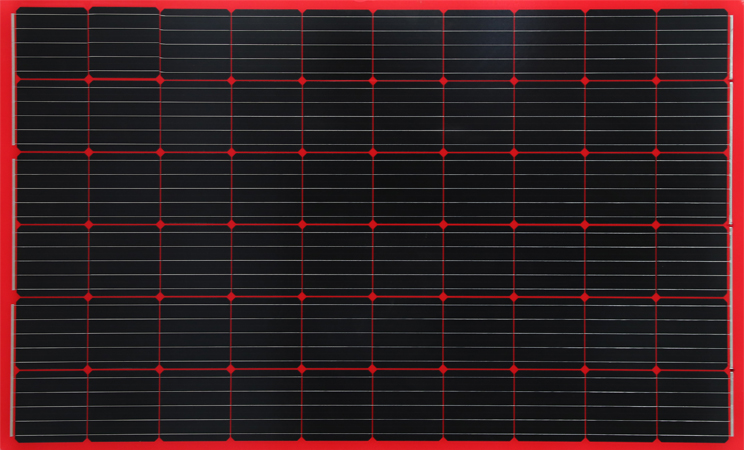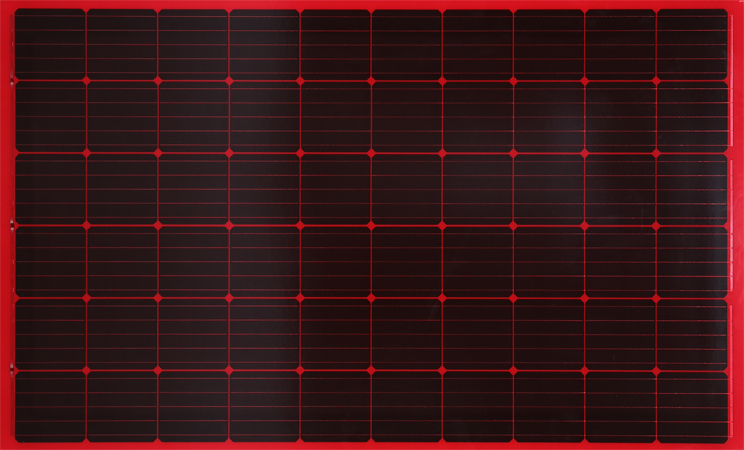Transparent BIPV Modules can be integrated into windows or skylights of buildings to produce electricity while also allowing sunlight into interior spaces. While many research studies have focused on simulating opaque BIPV systems, few have examined the modeling and evaluation of transparent (ST-BIPV) systems for fenestration applications. A particular challenge of ST-BIPVs for fenestration applications involves simultaneously assessing daylighting effects, window optical properties, electricity production rates, and building energy balance impacts simultaneously.
Renewable solar energy is an integral part of sustainable design. However integrating photovoltaic (PV) modules into the facade or roof of a building requires careful consideration to avoid thermal and visual issues, including solar radiation's effects on PV modules as well as daylighting effects that affect building energy performance.
PVs not only generate clean, renewable energy but they can also bring numerous other advantages to buildings, such as increased daylighting and thermal comfort. Designers increasingly recognize these modules for their multifunctionality - helping reduce cooling load and glare, increasing energy efficiency, and promoting environmental sustainability.
Recent advances in PV technology have made PV modules increasingly integrated into building components, including frames, doors, windows, facades, roofs, and roof claddings. Furthermore, semi-transparent PV modules with low cost have spurred an explosion of building integrated photovoltaics (BIPV) systems wherein modules take advantage of sunlight falling on structures to produce electricity; such systems may use either crystalline or thin-film PV modules powered by technologies like amorphous silicon (a-Si), dye-sensitized solar cells (DSSC) or CIS/CIGS solar cells (CIS/CIGS).
BIPVs can generally be divided into transparent or semi-transparent categories depending on their PV technology and application type; although no universal classification exists. A transparent BIPV typically features spaced PV cells on glass, while semi-transparent BIPVs utilize transparent polymer films as cell cladding; both types are widely utilized within building design and have proven more cost-effective in cutting energy bills overall.
The current study investigates the electrical and optical performance of a semi-transparent ST-BIPV system suitable for office building applications in tropical conditions. A SPVHG model developed using TRNSYS software is utilized to evaluate its performance by simulating heat transfer, power generation, daylight utilization, and solar irradiance conditions of different BIPV installations; its results were then compared against experimental results collected via calorimeter boxes; results are found to agree quite closely in most test cases.
